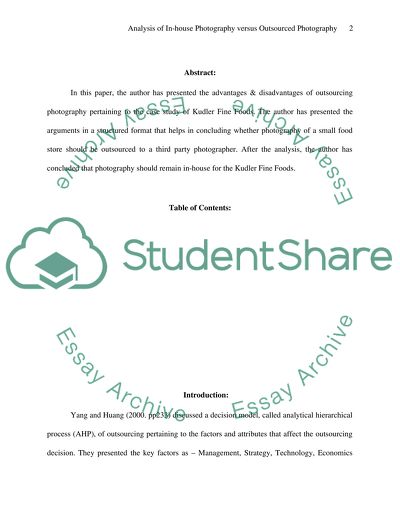Cite this document
(“In-house Photography and Outsourced Photography Essay”, n.d.)
In-house Photography and Outsourced Photography Essay. Retrieved from https://studentshare.org/miscellaneous/1516571-in-house-photography-and-outsourced-photography
In-house Photography and Outsourced Photography Essay. Retrieved from https://studentshare.org/miscellaneous/1516571-in-house-photography-and-outsourced-photography
(In-House Photography and Outsourced Photography Essay)
In-House Photography and Outsourced Photography Essay. https://studentshare.org/miscellaneous/1516571-in-house-photography-and-outsourced-photography.
In-House Photography and Outsourced Photography Essay. https://studentshare.org/miscellaneous/1516571-in-house-photography-and-outsourced-photography.
“In-House Photography and Outsourced Photography Essay”, n.d. https://studentshare.org/miscellaneous/1516571-in-house-photography-and-outsourced-photography.


